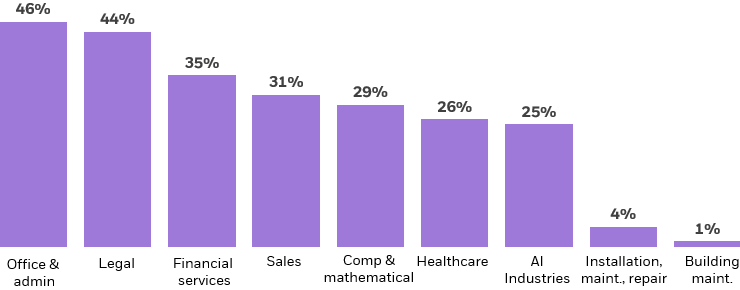Artificial Intelligence (AI) is showing up everywhere you turn, from self-driving vehicles to summarized product reviews. AI thrives on data, and we live in an increasingly digital world. In fact, AI market size is expected to reach $407 billion by 2027,1 and BlackRock believes AI could disrupt the global economy over the next decade. (Learn more about digital disruption and AI).
Although the concept of AI has been around for decades, recent trends of advancements in semiconductor breakthroughs, data proliferation, and software design have converged to bring the field to an inflection point. AI has transcended its “buzzword status,” with businesses across sectors looking to integrate the technology to grow new revenue streams or improve efficiencies.


